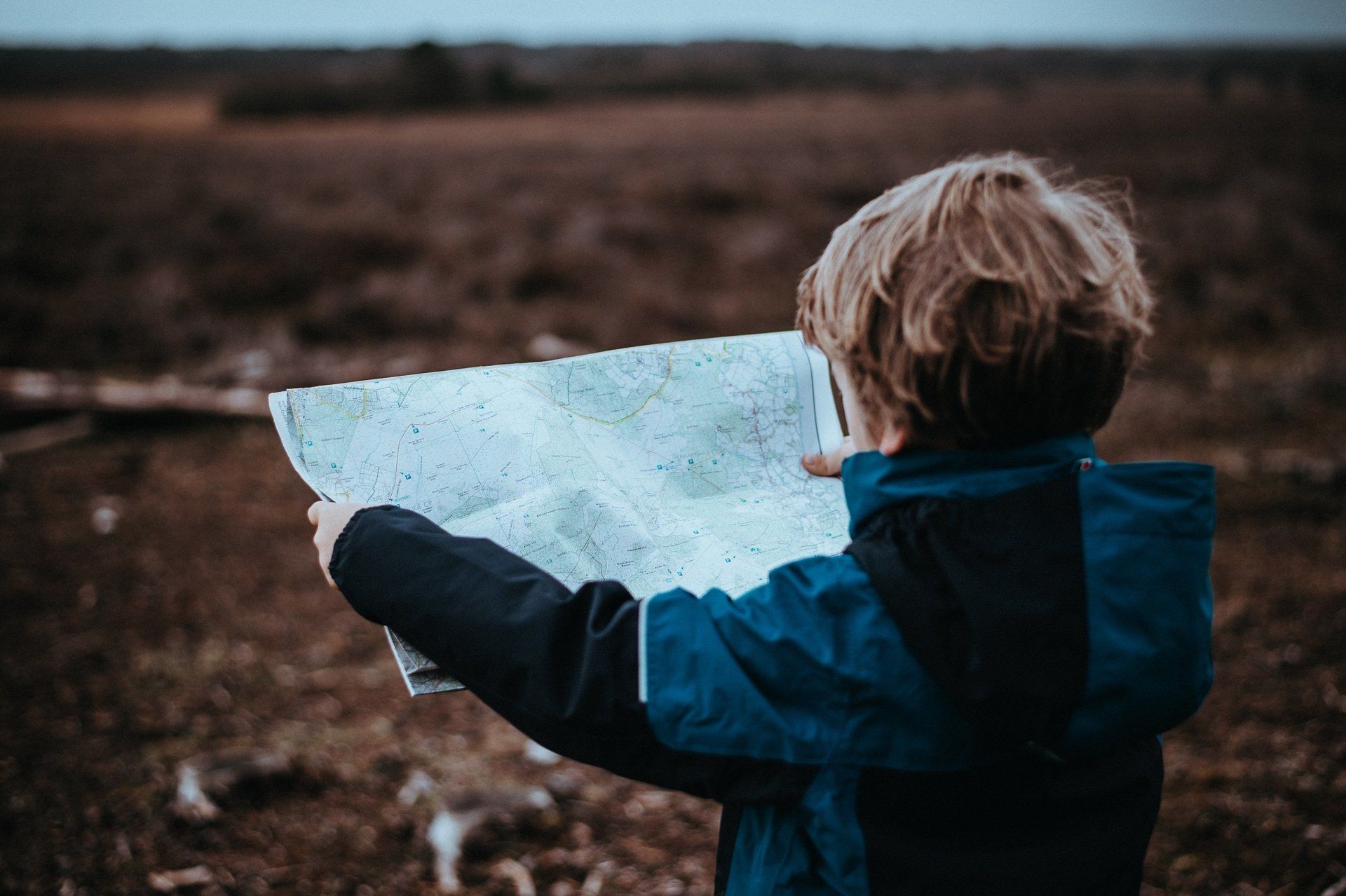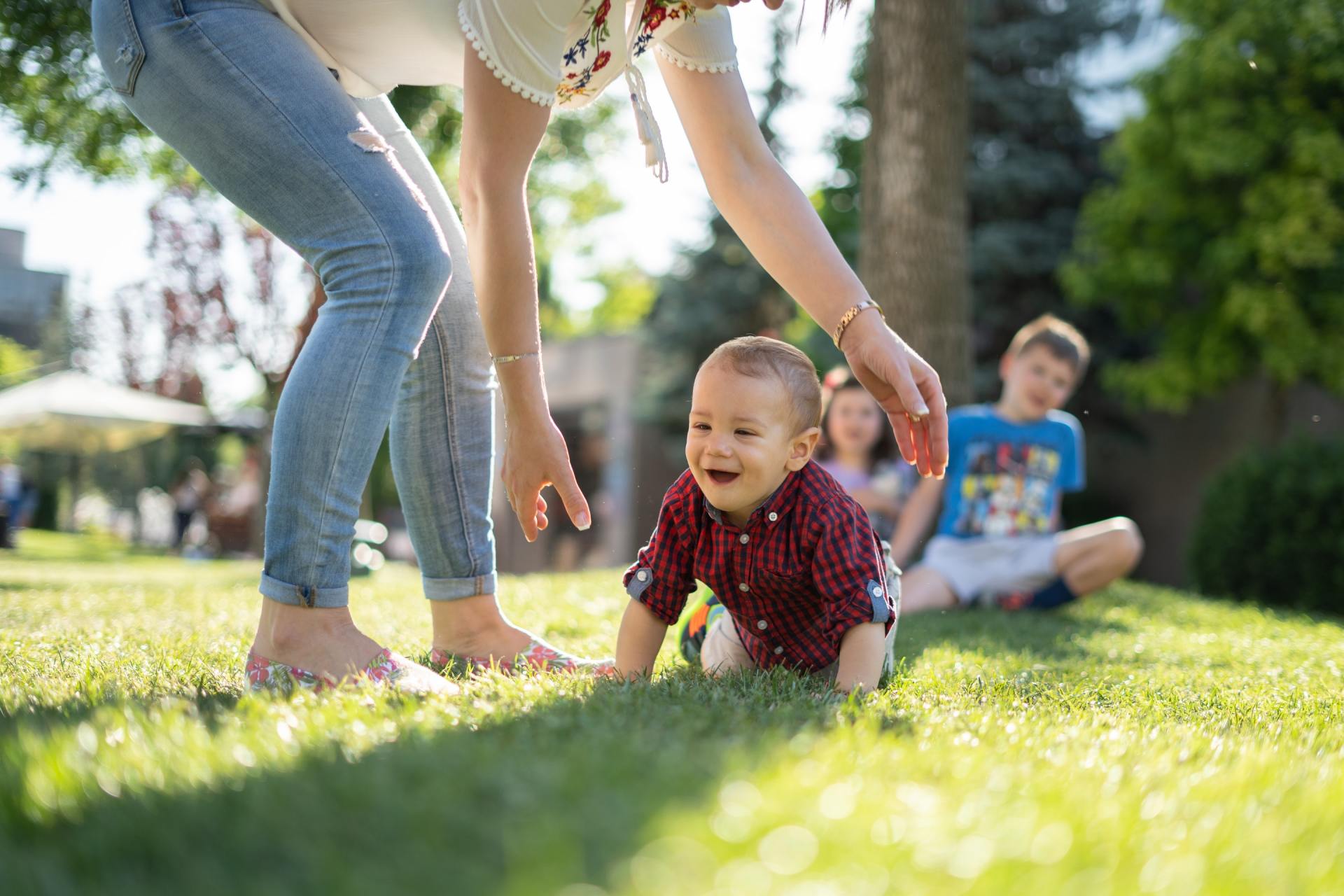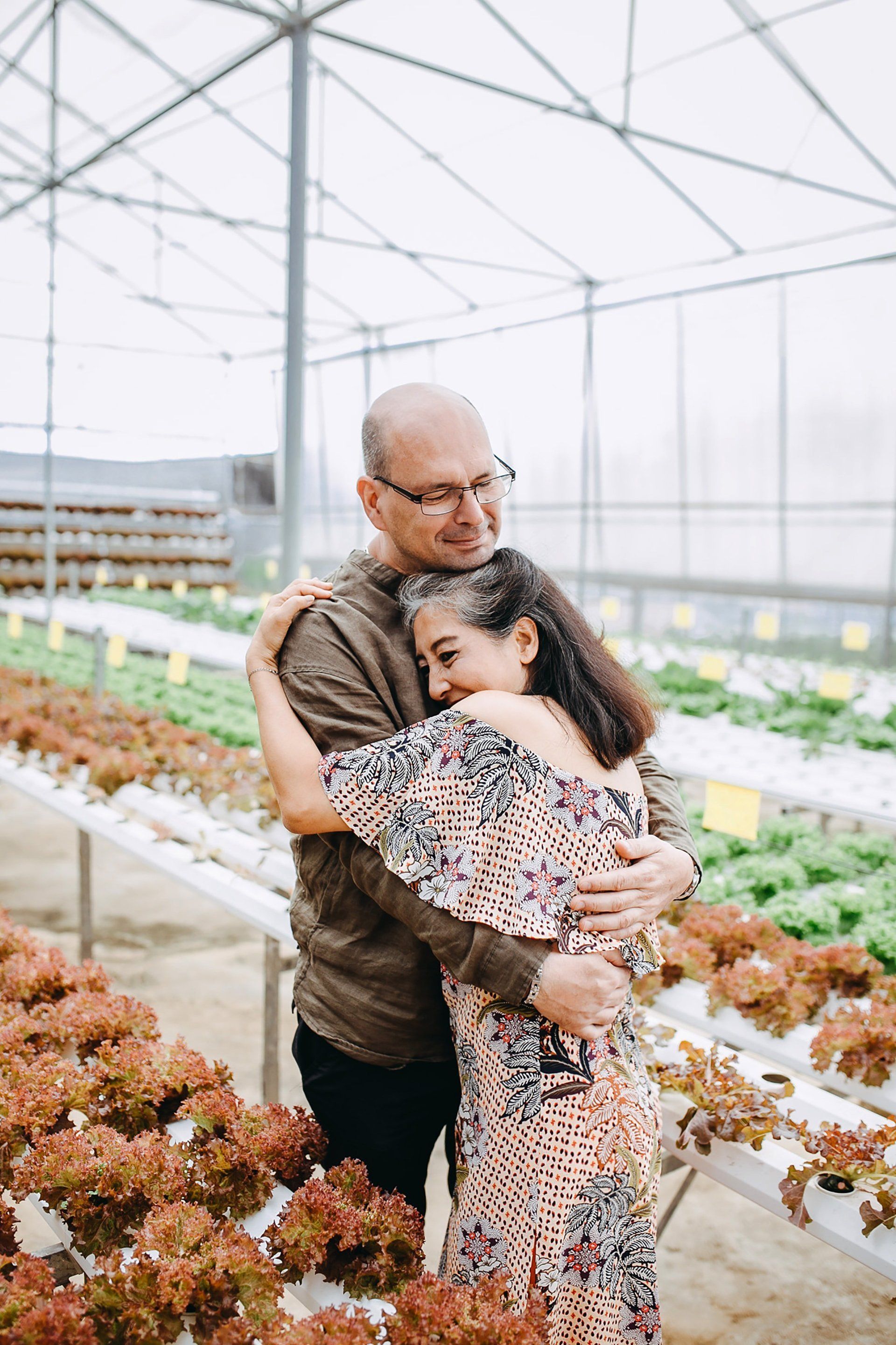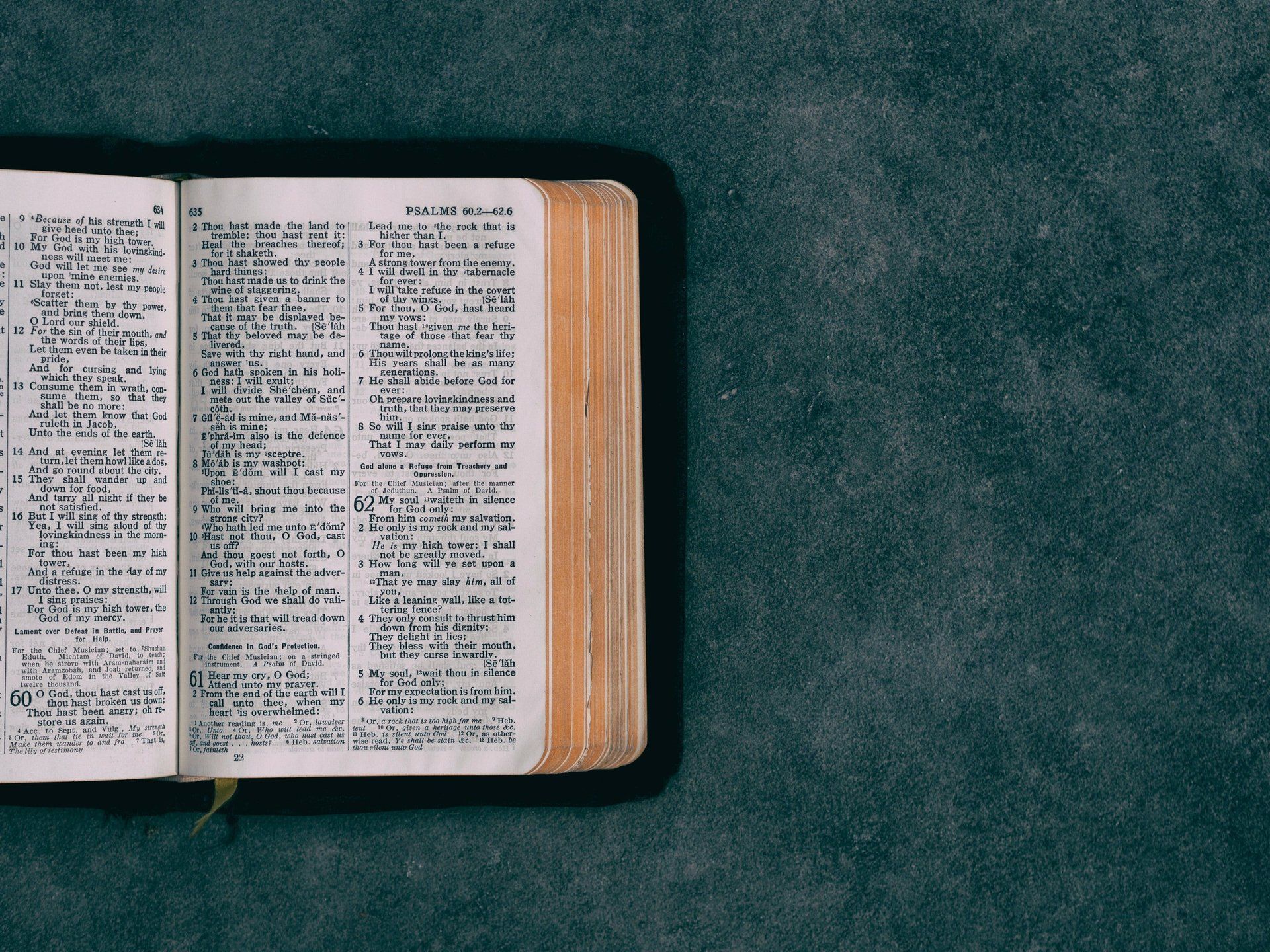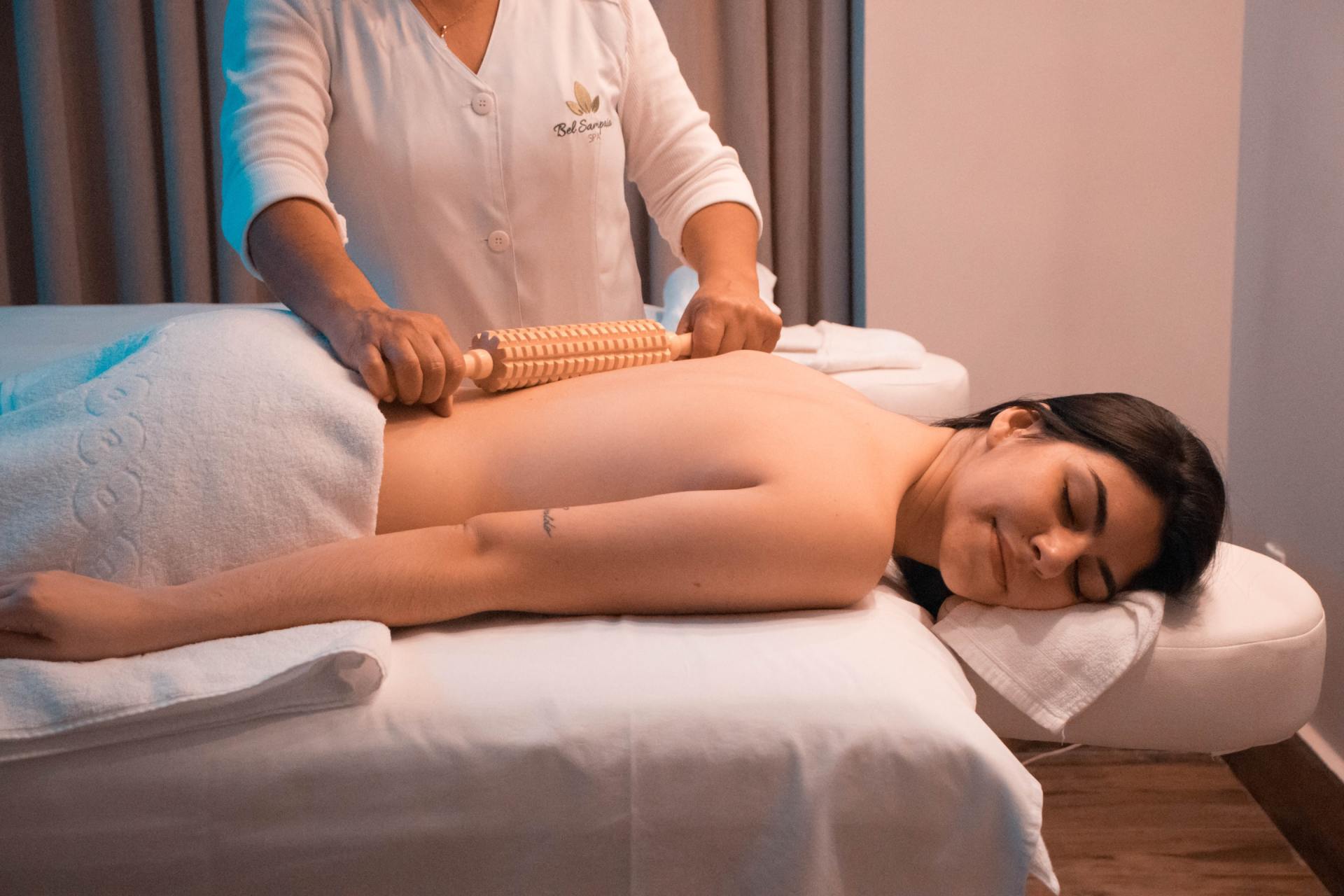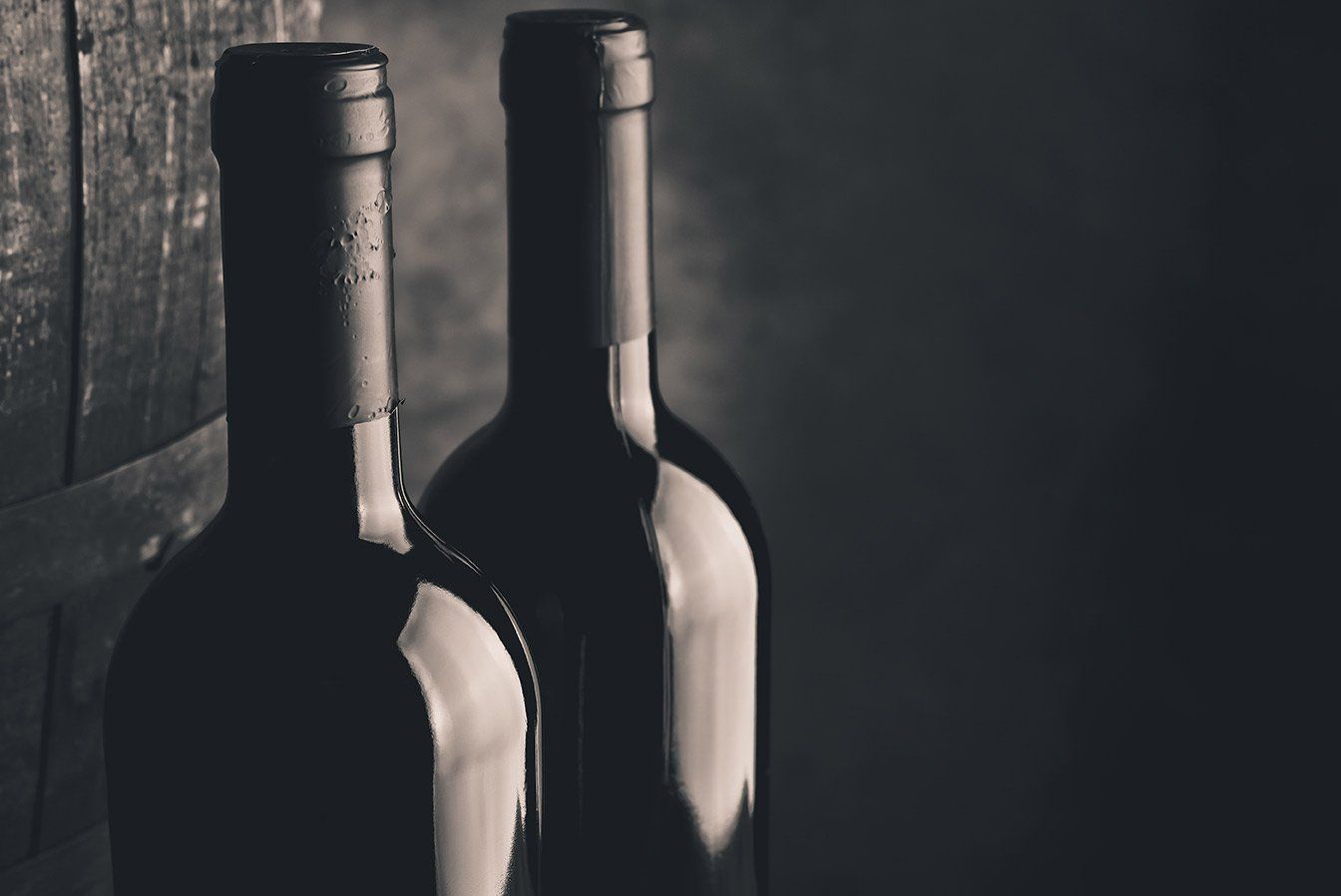Finding the curve was unexpected and only picked up when her brother noticed a strange lump on her back when she was bending over to jump into the pool. She had no pain to speak of and was a very active kid who played hockey, was in Nippers every weekend and we were always tearing around her neighbourhood on bikes or by foot. Most spinal curvatures in adolescence follow this pattern. It is called Adolescent Idiopathic Scoliosis (AIS) and accounts for about 80-85% of spinal curvatures. They can vary in severity, and therefore management, and are of an unknown cause. The curvature can progress quite quickly, while our bodies are growing rapidly during this period of our lives. Left untreated it can create other health concerns as the spine places pressure on lungs and the heart, as well as the secondary changes of the joints and muscles because of the vertebrae changing position. Pain often does not occur until these secondary changes start happening and they start complaining of back ache in the day, or night. Thankfully for my bestie, it was picked up early enough and the brace was successful in stabilising the curve.
Strangely enough, I also developed a scoliosis during adolescence which was a lot milder than my bestie’s. I didn’t realise at all until I started getting constant back ache later in my teen years after walking around for long periods and was woken nightly with pain on my left thorax. I didn’t know this wasn’t normal and tried to stretch and keep fit as best as I could. After I left school, my back pain became often debilitating, especially after starting a new activity or job, or sitting for long hours of study during university days. It was not until towards the end of my Physio degree that it was diagnosed, and I found ways to minimise how it would impact me. This included specific strength exercises, stretches, Pilates and regular hands-on physio to reduce joint stiffness and muscle tightness. I really wish I had known earlier!
So, even though your adolescent housemates may not like you “checking out” their bodies – it never hurts to subtly cast an eye on any changes you think may be unusual, and never ignore any complaints of back pain that persists. If you need a second set of eyes, or someone else they may actually listen to… phone us at Physique.
MORE SCENIC NEWS
-
A NEW CHAPTER FOR WOLVES BASKETBALL
Mar 28, 2024ButtonAs the sun sets on an incredible experience, it's time for me, Adam Chanter, to say farewell as the Pre...
-
COMMUNITY CAMERA ALLIANCE – YOUR CHANCE TO HELP
Mar 28, 2024ButtonIt's essential for community members to remain vigilant and take steps to safeguard their properties and vehicle...
-
GRAND OPTIONS CATER TO MOST NEEDS AND TASTES
Mar 28, 2024ButtonFor weddings, services can be held in The Old Church, which stands as a proud member of architecturally sig...
-
GALLERY’S $30,000 MAJOR ART AWARD RETURNS
Mar 28, 2024ButtonThe award, named after the sacred mountain which the Gallery overlooks, is open to artists living across the...
-
KERRI: AN HONOUR TO FILL THE ROLE FOR DIVISION 2
Mar 28, 2024ButtonDuring the pre-poll part of the campaign, I was very grateful for the opportunity to be able to meet an...
-
ANNE HOITINK – APRIL 2, 1945 – MARCH 15, 2024
Mar 28, 2024ButtonMigrated to Australia on 29 November 1952, aged 7 years. Going directly to the suburb of Reid in Canber...
-
GREAT SUCCESS FOR LITTLE ATHLETES
Mar 28, 2024ButtonRuby, Lily, Talia, Torah, Hugo, Leiawyn, Aric, Dean, Mitchell, Harvey and Noa; you all should be so proud ...
-
DO HOP IN FOR A NEW MONTE LUPO EXHIBITION
Mar 28, 2024ButtonMonte Lupo was established by Multicap in 1991 to provide meaningful employment to people living with di...
-
THIS TIME, IT REALLY DOES MATTER – HAVE YOUR SAY
Mar 14, 2024ButtonPaul Williams, a political scientist from Griffith University, offers insights into the “candidate scarcity...
-
BREACH OF CODE: RULING ON MAYOR CHRISTENSEN RAISES MORE VOTER CONCERNS ON ELECTION EVE
Mar 14, 2024ButtonAdditionally, Christensen is to bear his legal costs, with a warning that any future infractions will be classifie...
LOCAL BUSINESS
COLUMNS
-
Beauty & Wellness
ButtonWriter: Rebecca Mander - Naturally Cos
-
Community Care
ButtonWriter: Geoff Marshall
-
Embrace
ButtonWriter: Jaap Vogel
-
Food for Thought
ButtonWriter: Dylan Gittoes
-
Hooked on Books
ButtonWriter: Friends of TM Library
-
Living with Dogs
ButtonWriter: Pam Brandis (Dip. Canine Prac.)
-
Nature Notes
ButtonWriter: Nadia O’Carroll
-
Pastor Kim
ButtonWriter: Pastor Kim Dale
-
Physio Talk
ButtonWriter: Neil Bell (Tamborine Mountain Physique)
-
Police News
ButtonWriter: Sgt Mark Shields
Officer in Charge
North Tamborine Police
-
Politics
ButtonWriter: Local Councillors and Representatives
-
Relationships
ButtonWriter: Linda Gray
-
The Mtn Midwife
ButtonWriter: Bree Lowing (Registered Midwife)
-
Travelling Places
ButtonWriter: Travelling Places Tamborine Mtn
-
Wine chat
ButtonWriter: Imogen Mulcahy
-
Yoga Under the Bodhi Tree
ButtonWriter: Margot Wagner
Your Local Paper
to read, keep & share

Your Local Paper
to read, keep & share
CONTACT
PO Box 118, North Tamborine Qld 4272
Phone: 0407 671 286
Email:
news@tmnews.com.au
ads@tmnews.com.au
Design by BjornSchmal.com

